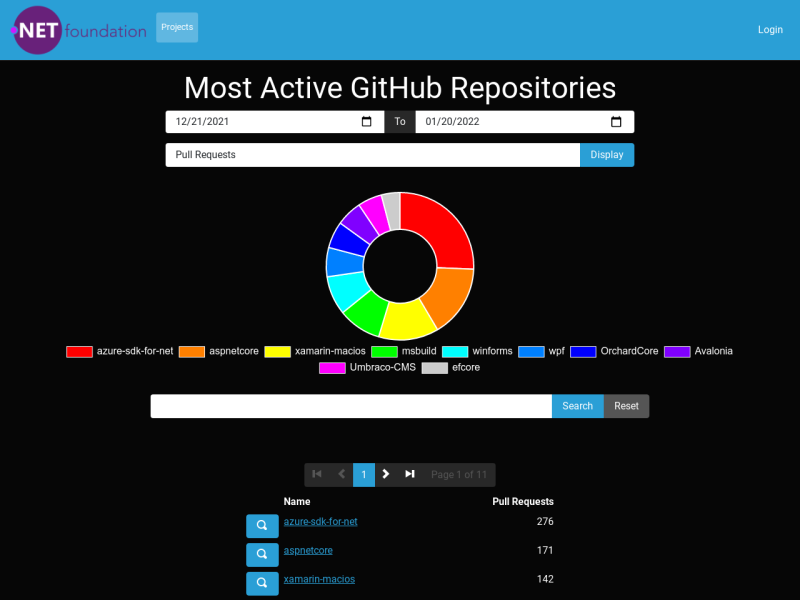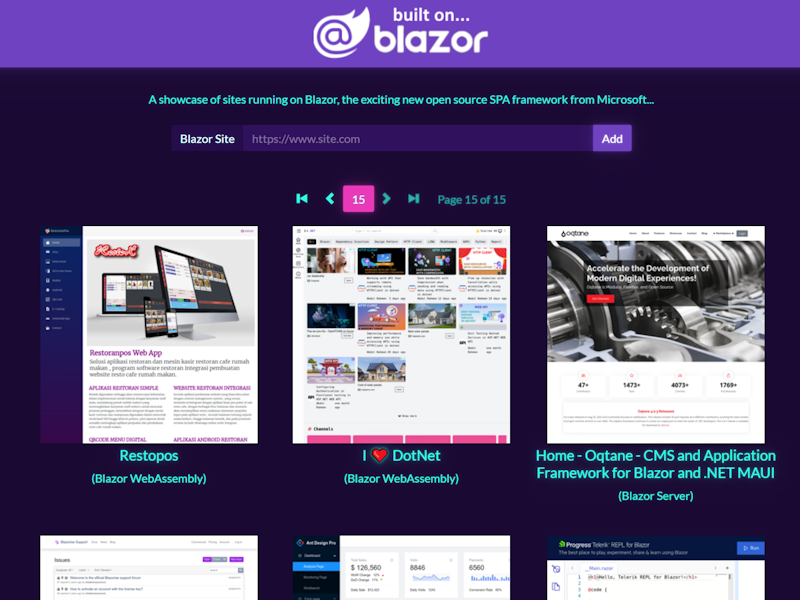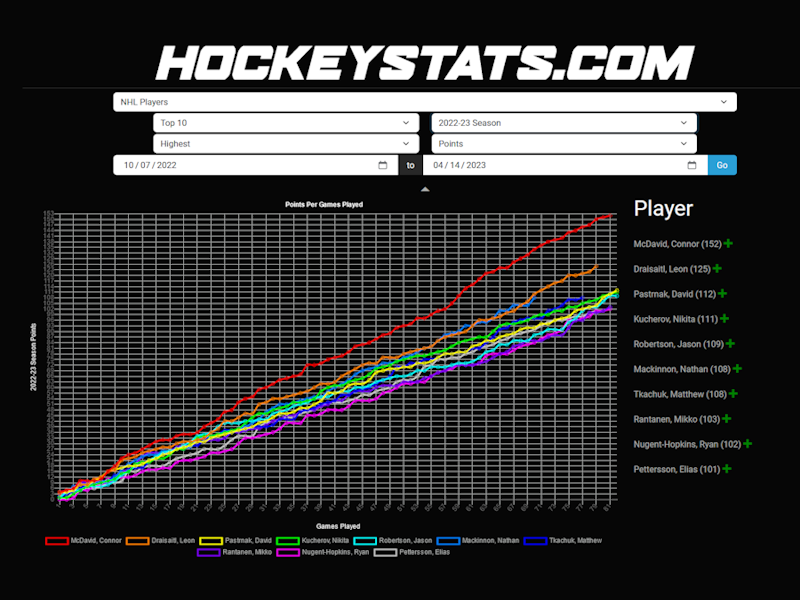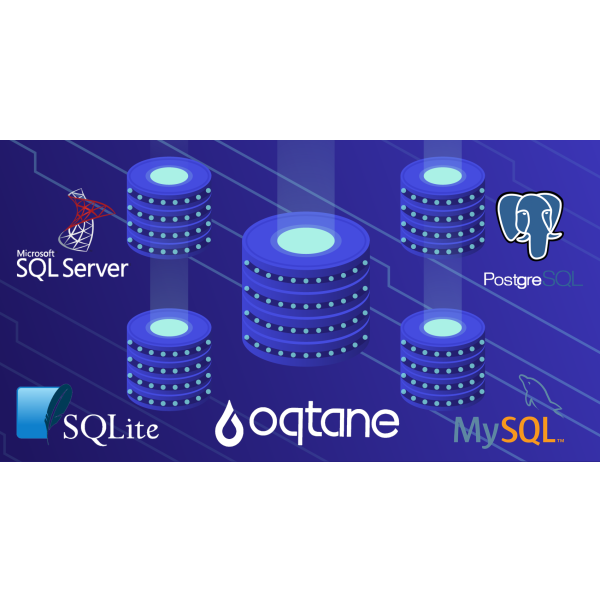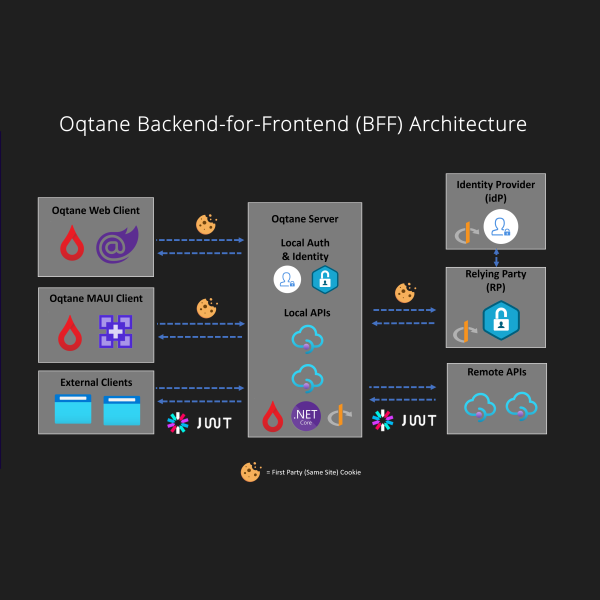Contributors
Stars
Commits
Pull Requests
Oqtane 10.0.3 Released!
The 10.0.3 release is a maintenance release which includes developer productivity, usability, security and performance improvements. This release includes 19 pull requests by 2 different contributors, pushing the total number of project commits all-time to almost 7500. The Oqtane framework continues to evolve at a rapid pace to meet the needs of the .NET community. The 10.0.3 release is available for download on GitHub.
What is Oqtane?
Oqtane is an open source and cross-platform CMS and application framework for building modern digital experiences on .NET. Oqtane apps are composed of reusable web UI components implemented using C#, HTML, and CSS. Both the client and server code is written in C#, providing a consistent and efficient development experience.

Blazing A New Trail
Oqtane is pioneering the use of Blazor and .NET MAUI, revolutionary new development frameworks that let you build modern full-stack applications on .NET. Oqtane supports Static Server Rendering (SSR), all Interactive Render Modes (Server, WebAssembly, Auto), and Blazor Hybrid for .NET MAUI.
Open Source
Oqtane is available under an industry standard MIT open source license and is an official member of the .NET Foundation.
Cross Platform
Oqtane is a native .NET Core application and can be used on all major enterprise IT platforms. It currently supports SQL Server, MySQL, SQLite, and PostgreSQL databases. It can also run as a native desktop or mobile app using .NET MAUI.
Modular
Oqtane has a modular architecture which allows it to serve as an integration fabric for building composable applications. The framework can be easily extended with custom modules and themes.
Oqtane is for Developers
Oqtane provides all of the core features for building single page applications (SPAs) including UI components, routing, dependency injection, event binding, etc.. as well as advanced features such as asynchronous scheduled jobs, email notifications, file management, etc... The framework supports the full software development life cycle using standard development tools such as Visual Studio or VS Code.
Oqtane is a "batteries included" framework, providing all of the basic building blocks that a developer needs to immediately get up and running, and accelerating their development efforts.
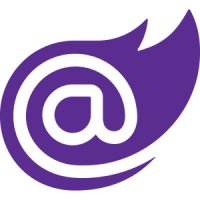
Oqtane is rocket fuel for Blazor!

Oqtane is for Designers
Oqtane is highly flexible and supports open web standards, allowing you to leverage your preferred CSS framework and professional web templates to produce visually stunning results.
Themes can be easily packaged and shared with others for seamless installation into their Oqtane installations
Themes provide a unique look and feel for your web application and can also include advanced functionality leveraging the power of Blazor

Oqtane is for End Users
Oqtane is extremely user friendly and utilizes an intuitive administrative experience which allows you to manage your content "in context" without having to navigate to a separate administrative application
The framework is highly optimized for performance, resulting in a user experience which is far superior to many web applications and nearly on par with desktop applications
Oqtane provides many practical features to assist you in managing the health, performance, and resilience of your installation.

Oqtane is for Organizations
As a result of its usage of Blazor, Oqtane allows your organization to use a consistent programming language, methodology, and skillset for both the front-end and back-end aspects of your applications
Oqtane significantly accelerates your development efforts by providing a set of building blocks and architectural patterns you can follow to create your custom applications
The open source community around Oqtane can be a valuable source of knowledge, assistance, and resources for your future projects.

Features
Oqtane offers a rich set of features for developing and managing your digital experiences
Multi-Tenant
Oqtane can serve the needs of multiple clients from a single installation. It supports both shared and isolated tenancy models to enable you to comply with data privacy regulations.
Cross Platform
Built from the ground up on .NET Core, the framework runs on Windows, Linux, and Mac operating systems and includes support for SQL Server, MySQL, SQLite, and PostgreSQL databases.
Composable
The framework provides the capability for an administrator to dynamically construct a page from existing components without writing any code
Themes
The framework utilizes open web UI standards (ie. HTML and CSS3) as well as Bootstrap 5 as the default CSS framework for creating modern user experiences.
Modules
Modules are created as standard .NET Core applications using Razor components for the UI and can be developed, packaged and installed independently from the Oqtane framework.
Headless
The framework provides a rich set of secure REST-based core APIs which can be leveraged in custom modules. Swagger integration is included by default to simplify API integration.
License
Oqtane is available under an industry standard MIT open source license
Copyright 2018-2025 .NET Foundation
Permission is hereby granted, free of charge, to any person obtaining a copy of this software and associated documentation files (the "Software"), to deal in the Software without restriction, including without limitation the rights to use, copy, modify, merge, publish, distribute, sublicense, and/or sell copies of the Software, and to permit persons to whom the Software is furnished to do so, subject to the following conditions:
The above copyright notice and this permission notice shall be included in all copies or substantial portions of the Software.
THE SOFTWARE IS PROVIDED "AS IS", WITHOUT WARRANTY OF ANY KIND, EXPRESS OR IMPLIED, INCLUDING BUT NOT LIMITED TO THE WARRANTIES OF MERCHANTABILITY, FITNESS FOR A PARTICULAR PURPOSE AND NONINFRINGEMENT. IN NO EVENT SHALL THE AUTHORS OR COPYRIGHT HOLDERS BE LIABLE FOR ANY CLAIM, DAMAGES OR OTHER LIABILITY, WHETHER IN AN ACTION OF CONTRACT, TORT OR OTHERWISE, ARISING FROM, OUT OF OR IN CONNECTION WITH THE SOFTWARE OR THE USE OR OTHER DEALINGS IN THE SOFTWARE.
Frequently Asked Questions
-
How do I get started with Oqtane?
First install the .NET 9 SDK. Then install the latest edition (v17.12 or higher) of Visual Studio 2022 with the ASP.NET and web development workload enabled. Oqtane works with ALL editions of Visual Studio from Community to Enterprise. If you wish to use LocalDB for development ( not a requirement as Oqtane supports SQLite, mySQL, and PostgreSQL ) you must also install the Data storage and processing workload.vClone the Oqtane dev branch source code to your local system. Open the Oqtane.sln solution file and Rebuild the solution. Make sure you specify Oqtane.Server as the Startup Project and then Run the application.
-
Is Oqtane a CMS?
Oqtane has a rich administrative user interface which allows non-technical users to configure and manage digital content. The CMS capabilities are built on top of a powerful and sophisticated modular application framework.
-
Are there any Modules or Themes available for Oqtane?
A variety of modules and themes have been developed by third party developers and are available for seamless integration into the framework. The Oqtane Marketplace facilitates the interactions between producers and consumers within the platform ecosystem.
-
What is Oqtane's mission?
Oqtane's mission is to provide a modular application framework which accelerates the development of modern digital experiences. We believe developers should focus on building applications, not infrastructure.
-
Is Oqtane the successor to DotNetNuke (DNN)?
Oqtane was inspired by DotNetNuke from a core functionality perspective, however it has been developed from the ground up using modern .NET Core technology and a client/server architecture that bears no technical resemblance to DNN.
Project History
A brief summary of the origins of the open source project

Shaun Walker
Project Creator
Back in 2003 I was the original creator of DotNetNuke, an open source web application framework which evolved from the IBuySpy Portal reference application created by Microsoft. DotNetNuke grew to become one of the most popular Content Management Systems native to the Microsoft platform. DotNetNuke leveraged the WebForms UI framework from Microsoft and had many powerful features such as multi-tenancy, a composite user interface, and extensibility via skins and modules. It also had a vibrant community of ISV's creating professional extensions for the platform. In 2006 I helped co-found a company, DNN Corp, to accelerate the growth of the platform and ecosystem. The company raised 3 rounds of venture capital from top tier Silicon Valley investors, scaling the global footprint to more than 700,000 installations worldwide and building a loyal community and customer base. I served as CTO and Board Member of DNN Corp until 2014 when I left the company to pursue other opportunities.
In October 2018 Scott Hunter, VP of Product at Microsoft, reached out to me to ask if I was aware of Microsoft's recent efforts related to Blazor. I immediately saw the potential for the UI component model and I began working on a POC to determine if Blazor was capable of supporting a modular application framework. The POC was a success which soon prompted me to announce the availability of a new open source project, Oqtane, in May 2019. Oqtane took inspiration from DotNetNuke in terms of its core framework features, however it was built from the ground up as a client/server SPA application using modern .NET Core patterns and technology. In alignment with the Oqtane Philosophy, the framework evolved at a rapid pace and version 1.0 was announced in conjunction with the GA release of Blazor Server at Microsoft BUILD 2020 (.NET Core 3.2)... which was followed up with a major version release in conjunction with every major release of .NET, with the most recent being Oqtane 10.0.0 for .NET 10 announced during .NET Conf 2025 in November 2025.
